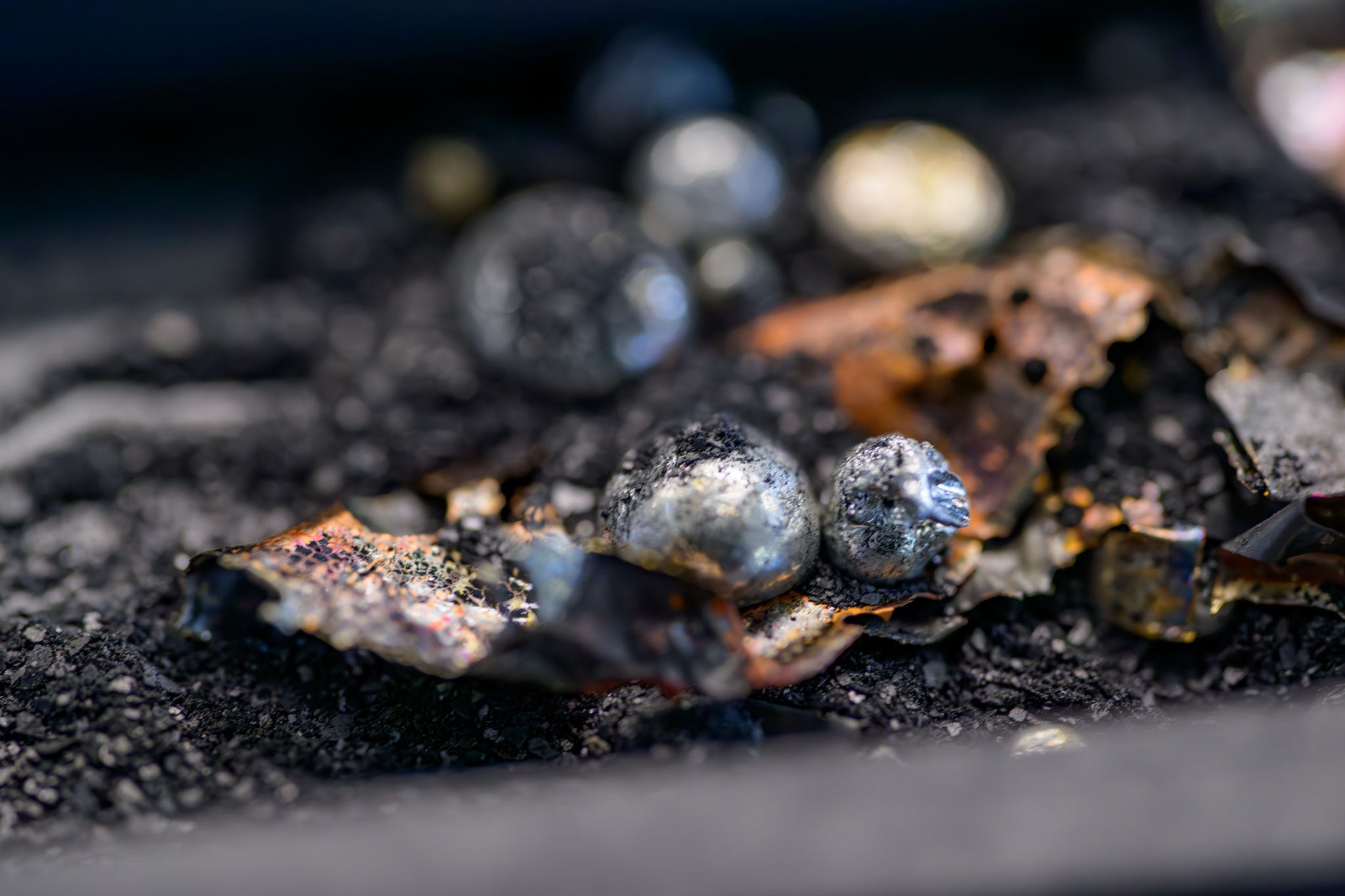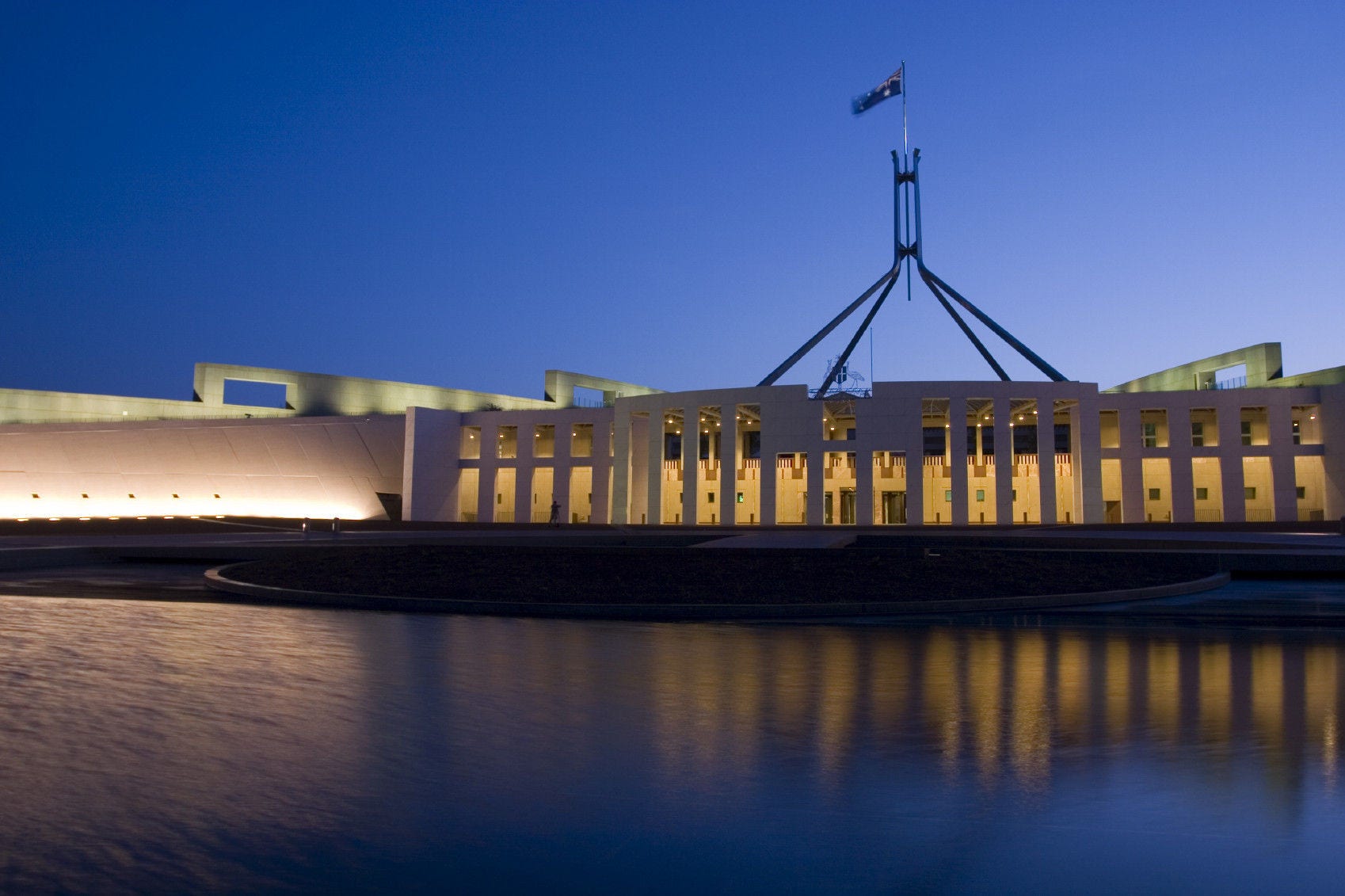[2] Kaufmann, D., Kraay, A, (2022). Worldwide Governance Indicators. World Bank, Washington.
[3] International Monetary Fund, (2024). World Economic Outlook - Steady But Slow: Resilience Amid Divergence. IMF, Washington D.C.
[4] The World Bank, (2022). Worldwide Governance Indicators,
[5] Smith, D., Upcorft, M., Claassen, M. Reynolds, C., O’Donoghue, J., McKenna, S., Meadows, R., Pope, C., McKinley, S., Haynes, L., Mulherin, C., Vangou, D., Harris, C., Jamieson, M., Frayre, F., Whittaker, L., Torres, J.D., Sharma, M., Mehta, J., Robb, K., Loughridge, J. 2022. Aussie Mine 2022 Mission Critical. PricewaterhouseCoopers, Melbourne.


